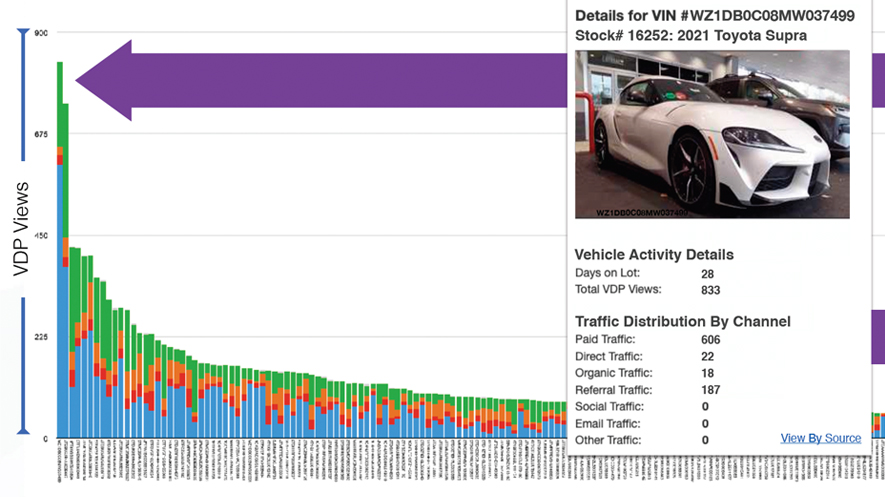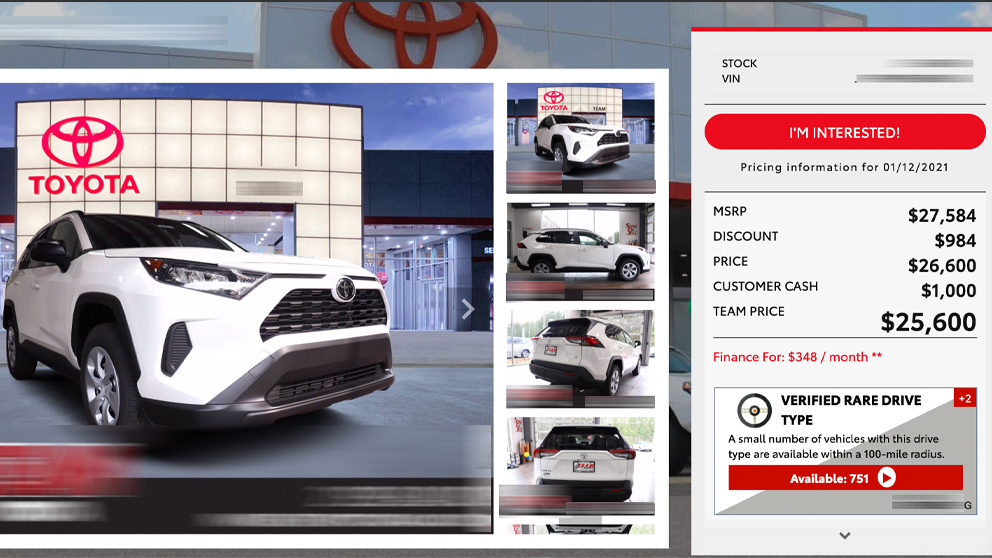Two emerging technologies to attract in-market buyers that your dealership should consider.
The world of electric and self-driving cars has more similarities to the changing digital marketing landscape than you might expect. To put it plainly, we’re all looking to digital advertising (electric) and one of the biggest buzzwords today is Programmatic (self-driving) advertising. These days you (the marketer) need to be hyper-focused on all of the changes in your industry – and even beyond your industry. Everyday you need to decide; will you put things off in favour of playing catch up with your competition or will your dealership be a leader.
As we discussed in a previous article, competition is at an all-time high and doing the same thing as your competition won’t get you better results, it’ll get you the same results – or worse. What you need to do is look at different tools and techniques.
Facebook Ads and Social Media Marketing
Yes, Facebook – the funny little app that seemingly everyone on earth is on. You may even be that person who fits in the average of more than 10 visits per day, and it may be the first thing you look at when you wake up and last thing before you go to sleep. I’m not that person – but I sleep beside one of them every night. (Every night that I’m not sleeping in some business travel hotel room.) If you haven’t looked into marketing your dealership using that channel, you should. The frequency and focus of its users demands it. I’m sure you’ve noticed the internet advertisements and sponsored articles that come into view for things you are interested in. If you’re wondering how you can get that to work for your dealership here are a few thoughts:
PROS: Unlike traditional advertising methods, these are targeted by using user volunteered information and many other metrics. You can refine the targeting in many ways. With Facebook’s Ad Manager you can select demographic profiles and interests like:
Males; Age: 25-45; Education: College or University; Employed; Interests: Sports, Outdoors, Active Lifestyle; Relationship: Married with children.
You can easily infer that this person may need an SUV, CUV or minivan – or at least a hatchback.
You can also do things like asking for Facebook to find “Like Users” – and that’s not the typical Facebook “Like”. This type of likeness refers to other users who have a likeness to your current fans/audience. You can also choose to have your ads shown to people with the affirmation of one of their friends. For example this past week at NADA one of my friends asked me about an affordable custom tailoring company who was using my past interest in their company to promote themselves to my friends. (I’m glad he asked – because I’ve actually had nothing but bad experiences with this company over the last year.)
CONS: No matter how focused you can be on a demographic, you are still targeting based on assumptions. What if an in-market buyer that falls within this profile is NOT searching for an SUV or Crossover? What if dad is searching for a sporty sedan to drive to work? Your campaign will be ineffective and you risk the potential buyer blocking any future ads from your store.
This method, like newspapers or billboards, relies on showing your ads to a wide range of people in hopes of potentially having just the right buyer see one post. Fortunately, cost-per-click payment formats will help to protect you from this waste.
Inventory Display Advertising
Not traditional static display but truly dynamic display ads that features multiple inventory units.

PROS: These dynamically generated ads of immediately available inventory are much more successful at converting traffic than their traditional counterparts (Based on countless tests against Price and Offer style ads). If I am a motivated buyer, and I see what I want and that it’s available at my local store, there is a very good chance I will click and engage.
A motivated buyer is shown the most relevant vehicles that you have in inventory, the price (or other descriptors like the mileage and payments, what it looks like and can easily click to find more information and convert. For the online car buyer it’s like having the ten most suitable cars brought to your home for a thorough inspection.
As with regular display ads, these inventory display ads are distributed in large online ad networks so you can reach people where they are spending the most online time. The reach is significantly wider than search and Social Media combined, each of which according to a recent study respectively occupy only 10% and 15% or a consumer’s online attention. Using the right combination of a vast array of websites you can reach well over 90% of your target audience.
CONS: Not everything is perfect, though, even dynamic display advertisements. Unless automated, creating these ads can be difficult and time-consuming. Constantly updating your inventory in many dynamic environments requires the personnel to stay on top of it.
Additionally, you may find it difficult to find a provider that can extend this type of strategy to go beyond retargeting and to attract buyers that haven’t been to your website before. There are also some limitations of certain providers ability to offer these solutions without being plugged into their specific website. While this isn’t a problem if you’re with the right website provider – you may need to look harder if you’ve opted for a provider without these capabilities.
You know your market better than anyone and the future is coming faster every year. Please, don’t be left playing catch-up in an increasingly competitive marketplace. Take the time to sit and brainstorm the next evolution in your dealership’s marketing direction.







